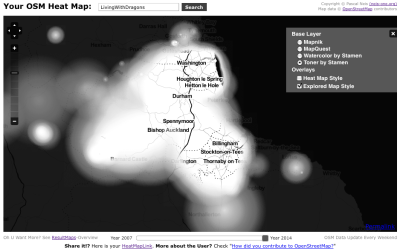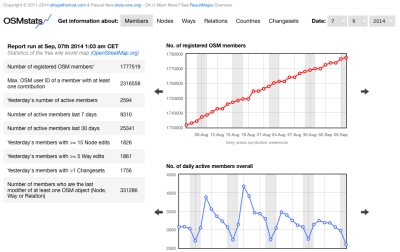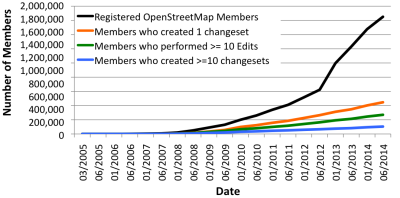Good #Hashtags in OpenStreetMap Changesets
#Hashtags are commonly used on Twitter to find content for a specific topic. Also in the OpenStreetMap (OSM) universe they are popular and utilized to mark changesets, which have been contributed during a special event, such as mapping parties or HOT tasks. However, in most cases, they are added in the changeset comment section. Back in November, 2015, several people discussed the pros and cons about (only) this approach. You can find a general overview of good changeset comments here. The aforementioned wiki page also shows why it is important to write a “concise and adequate“ description of the edit. Anyway, I also support the opinion that we should not generalize this statement and only add hashtags in our changeset comments. I prefer the different approach in which the contributor adds an extra changeset tag for the hashtag(s). For example, the widely used JOSM editor allows optional tags (as you can see here). On the other hand, the iD editor, which is used in many cases by new contributors, doesn’t offer this feature. However, I am sure that with some minor changes this could be fixed. A more or less complete set of recommended or mandatory changeset tags can be found here.


